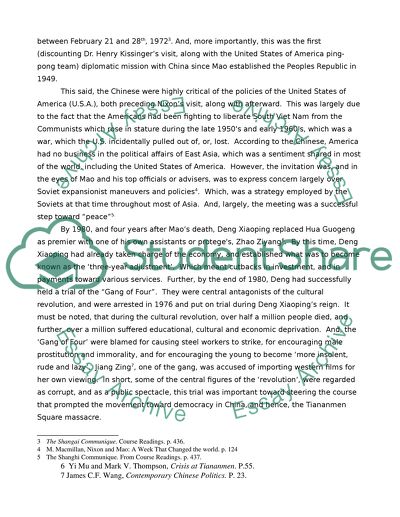Cite this document
(“Thesis: reform and modernization in East Asia Term Paper”, n.d.)
Retrieved from https://studentshare.org/environmental-studies/1419505-thesis-reform-and-modernization-in-east-asia
Retrieved from https://studentshare.org/environmental-studies/1419505-thesis-reform-and-modernization-in-east-asia
(Thesis: Reform and Modernization in East Asia Term Paper)
https://studentshare.org/environmental-studies/1419505-thesis-reform-and-modernization-in-east-asia.
https://studentshare.org/environmental-studies/1419505-thesis-reform-and-modernization-in-east-asia.
“Thesis: Reform and Modernization in East Asia Term Paper”, n.d. https://studentshare.org/environmental-studies/1419505-thesis-reform-and-modernization-in-east-asia.


